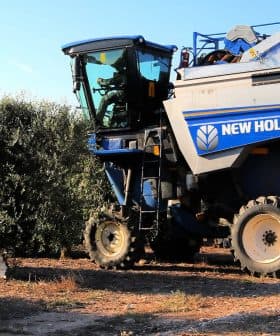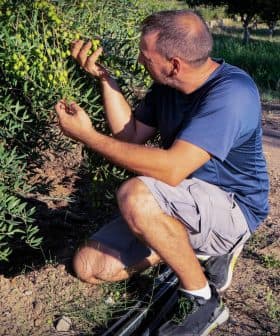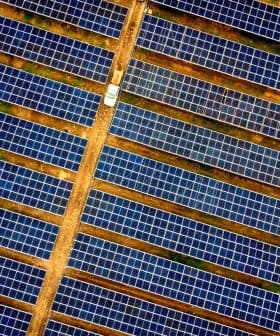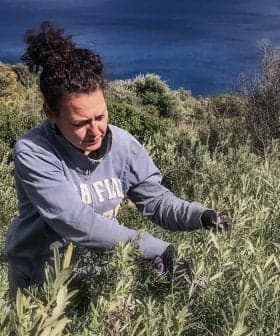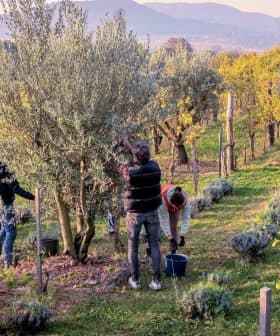Organic Olive Cultivation Continues to Grow in Spain

In 2019, the area of organic olive groves in Spain increased by nearly five percent, with the country maintaining its position as the largest organic farming nation in Europe and the fourth largest in the world, according to the Ministry of Agriculture, Fisheries and Food. The increase in organic groves reflects the ecological commitment of Spanish farmers and ranchers, with the majority of these groves located in Andalusia and Castilla-La Mancha and used primarily for olive oil production.
Lands devoted to organically cultivated olive groves in Spain increased by nearly five percent in 2019, according to the latest analysis from the country’s Ministry of Agriculture, Fisheries and Food.
Overall, organic agricultural surface area in the country increased by 4.8 percent, allowing Spain to maintain its position as the largest organic farming nation in Europe and the fourth largest in the world.
See Also:Sustainability News“It is a magnificent fact that reflects the ecological commitment of our farmers and ranchers,” said Luis Planas, Spain’s Minister of Agriculture, Fisheries and Food. “We are on the right track to meet the objectives set by the European Union.”
According to the ministry’s report, there are now 209,288 hectares (517,162 acres) of certified-organic olive groves in Spain, an increase of 4.6 percent compared with 2018. In 2018, the amount of organic olive groves had increased by three percent.
Nearly three-quarters of these groves are located in Andalusia and Castilla-La Mancha. Overall, organic groves have been planted, converted or certified in 16 of Spain’s 17 autonomous communities.
The majority of these groves are used in olive oil production and estimated to yield about 305,000 tons of organic olive oil per annum. A much smaller portion of the groves are used for table olive production.
The main advantages of planting new organic groves and converting old ones are two fold: organic olive groves are more resistant to the spread of disease, such as Xylella fastidiosa, and are an effective way to add value to traditionally-produced oils and olives.


